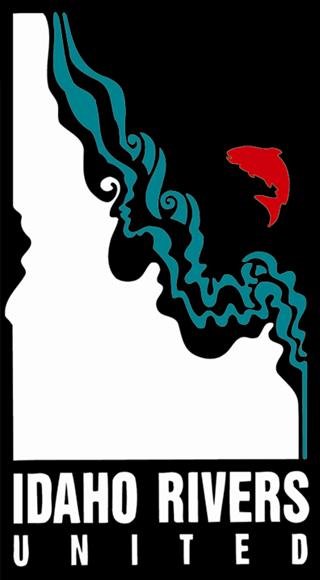
Idaho’s History, Culture & Connection to salmon
Salmon are at the root of Idaho’s history and culture, from the Indigenous communities who have lived here since time immemorial, to modern day riverside communities.
Indigenous people rely on salmon
Long before colonial explorers such as Lewis & Clark witnessed the astounding number of salmon that filled Idaho’s rivers, the Indigenous peoples in this region were sustained by the salmon runs for thousands of years.
Salmon and steelhead are more than culturally important to the Nez Perce and Shoshone-Bannock Nations and the 15 other tribes in the Columbia River Basin – they are foundational to life. Salmon are intertwined with their spiritual practices, food sources, economics, religion, and culture.
Today, the Nez Perce, or Nimiipuu peoples, and Shoshone-Bannock Tribes work to retain and recover salmon in their historic grounds. Through salmon breeding and reintroduction programs, they have been at the forefront of preventing salmon populations from extinction. Check out the Salmon Orca Project here and join us as we stand in solidarity with their work to restore the Snake River and wild salmon populations.
The Tribes advocate for Lower Snake River Dam removal for salmon restoration, knowing that this is vital to recovering salmon populations, and to access the historic fishing grounds of their ancestors. The current violation of treaty rights has hugely negatively impacted Indigenous tribes, and restoring both the river and fish populations is a matter of justice at this point.
Salmon in Idaho
When early European explorers Lewis and Clark traveled down Idaho’s rivers, they were astounded at the numbers and size of salmon. Before river systems were altered, millions of salmon returned to Idaho each year to spawn. Chinook salmon were especially prominent with estimated annual returns of 1.5 million fish.
Idaho’s early colonizing European settlers relied on salmon as a vital food source, and these fish became iconic to the budding Idaho culture. Salmon are central to Idaho’s history, culture, and development. However during this time period, over fishing was beginning to occur.
Salmon and steelhead fishing has been a tremendous economic driver in Idaho, supporting both commercial and recreational industries. Entire towns were built around fishing, some of which were even named after the fish runs. These grew into thriving riverside communities.
Today, Idaho’s riverside salmon towns struggle due to declining fish runs. In recent years, low fish returns have closed fishing seasons in regions of Idaho, severely impacting the families and communities that rely on sportsmen and tourism for their livelihood.
Ecological Importance
Scientists have discovered that over 140 species in the Pacific Northwest and Idaho rely directly on salmon for nutrients. Therefore, salmon are a “keystone species.”
Salmon spend most of their lives in the ocean, and over the years, accumulate ocean sourced nutrients in their bodies. After spawning, salmon die in the streams where they laid their eggs, and become food for a vast number of species, such as bears, mountain lions, eagles, and wolves. The nutrients are then dispersed throughout the forests and grasslands, releasing vital nutrients into the soil.
Nutrients such as phosphorus and nitrogen tend to be scarce outside of ocean environments, but are vital to Idaho’s land and aquatic ecosystems. Without ocean going fish that return to Idaho, these vital nutrients are limited otherwise in the state. Many of our rivers and forests are becoming nutrient deprived and will continue to decline with the loss of salmon and steelhead.
Ultimately, the forests and grasslands that sustain Idaho’s birds, elk, deer, and bear need salmon to thrive. When salmon populations suffer, all of Idaho’s ecosystems and wildlife suffer.










